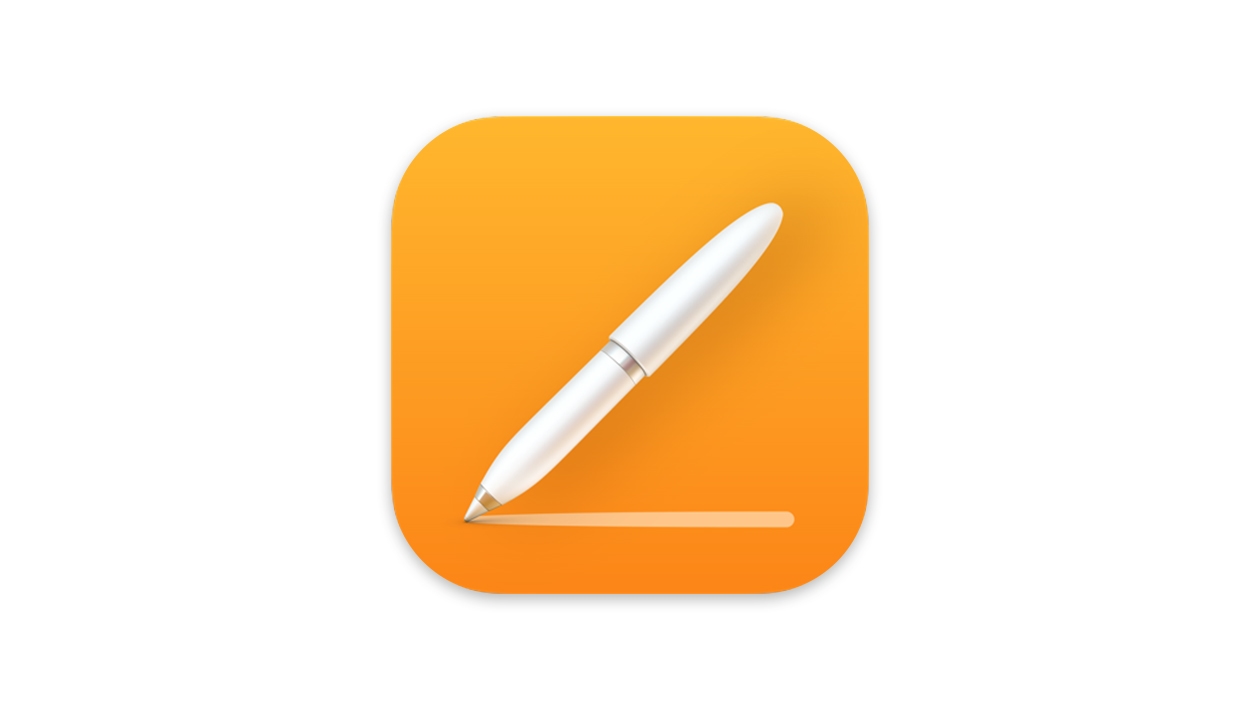Good Typefaces = Better Legibility = More Accessibility (How to pick fonts)
Legibility is an informal measure of how easy it is to distinguish one letter from another in a particular typeface. Several aspects of a typefaces’ (font's) design significantly impact how legible it will be.
This is a basic guide for anyone who is looking to choose typefaces that will increase legibility in any document.
BASIC TYPE TERMS
Understanding the basic anatomy of type is a necessary to select the right typeface for it’s intended use.
COUNTERS
A counter is the area of a letter that is entirely or partially enclosed space within a letterform. It is the negative or interior space of a letter.
Typefaces with smaller counters (enclosed or semi-enclosed negative shapes) are more challenging to read. In typefaces that are heavyweight, the counters become a factor in small text. Don't use super bold text in small sizes.
STROKE
A stroke is any linear element within a letterform; originally, any mark or dash made by the movement of a pen or brush in writing.
CONTRAST
Extreme stroke contrast, the ratio of thick to thin strokes, can also reduce legibility. Thin strokes can appear so thin when reproduced in print or on the web that it can become challenging to read when used too small or for large bodies of text.
CHARACTER WIDTH
Typefaces are more accessible when they have an ‘average’ overall width. Extremes in condensed and extended designs are less legible, especially for smaller settings such as text, subheads, and credits.
FONT WEIGHT
Extremely light and heavyweights are more challenging to read, so stick to something in the middle for best legibility. Book weights (also called regular or normal) are medium weights and often used to typeset books and extended text lengths.
X-HEIGHT
The x-height is the space between the baseline and the mean line. It marks the distance between the baseline and the top of lower case letters, specifically, the height of the lowercase x.
The x-height is a factor in typeface identification, legibility, and readability. A tall x-height has large counters and increases legibility.
THE "IL1" RULE
When choosing a sans serif typeface, be sure it has a variety of letterforms. Can it pass the Il1 rule? Type a lowercase "l", a capital "I" and the number "1". Are they easily distinguishable from each other?
FINAL DO'S AND DON'TS
DON’T USE TOO MANY TYPEFACES
Keep the number of typefaces used to no more than two different on a single page and limited the styles used (bold, italic etc)
USE ALL CAPS APPROPRIATELY
Large bodies of text should never be all caps. The shape of the paragraph becomes less legible. Use all Caps for short titles and sub-heads.
NOVELTY OR DISPLAY TYPE
The kinds of typefaces should be used moderately for only for large text sizes or headlines. Do not use multiple styles of display fonts on the same document.
TYPEFACES FOR BODY COPY OR TEXT
A typeface that is designed to be used as text type should have name that contains one of the following terms: body, regular, normal, book, or text.
AVOID EXTREMES
Any thing that is too bold, or thin or tall or slanted or decorative etc. It doesn't matter how cool the typeface is if the message is lost or not legible.
SUGGESTED TYPEFACES
The Apple System fonts are San Francisco (SF) & New York (NY). You can download these fonts here.
Other typefaces that are legible workhorse for both screen and print are:
SERIF: Tahoma, Calibri, Times New Roman, Georgia
SANS SERIF: Helvetica, Arial, Verdana, Open Sans, Montserrat
SLAB SERIF: Arvo, Museo Slab, and Rockwell
But these are all safe for text type....and maybe a bit boring!
Google Fonts provides a lot of well designed typefaces that are free to download use.
A few cool display typefaces are Pacifico, Unbounded, Sacramento, Josefin Sans, Luckiest Guy, Concert One, Eagle Lake, and Lilita One
A site that helps to pair different typefaces together: www.fontpair.co
<------------Bonus TYPE NERD Info Below---------------->
Serif or Sans Serif?
MYTH: Sans serif type is for screens and serif type is for print.
MYTH BUSTED! Legibility is dependent on familiarity with the letter forms. The more clear or defined the form and counter forms are and similar to standards, are
SERIF: A serif is a small line or stroke regularly attached to the end of a more significant stroke in a letter or glyph.
SANS SERIF: A serif is a small line or stroke regularly attached to the end of a more significant stroke in a letter or glyph.
Typeface or Font?
TYPEFACE: A typeface is a set of design features for letters and other characters, like the presence or lack of a serif, the letters’ weight and balance, spacing and the height difference between upper and lowercase letters.
FONT: A font is the variation in weight and size of a typeface. So when a typeface is roman, bold, italic, condensed, size or any other variable, that’s called a font.




















August 15, 2024 . English
English
Thank you for sharing. This is a really informative and useful post and on a topic that most don't often think about either.
This action is unavailable while under moderation.
This action is unavailable while under moderation.